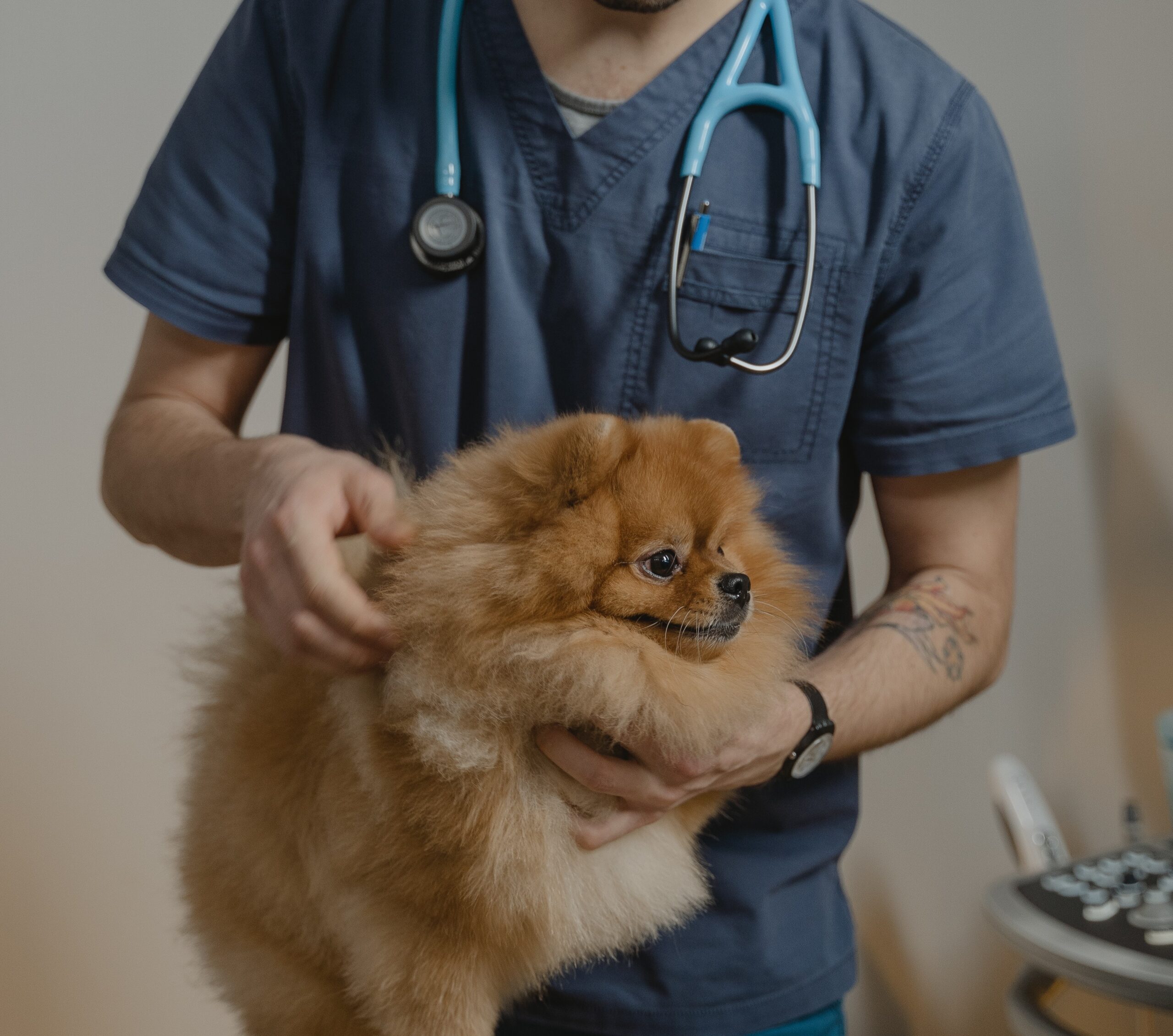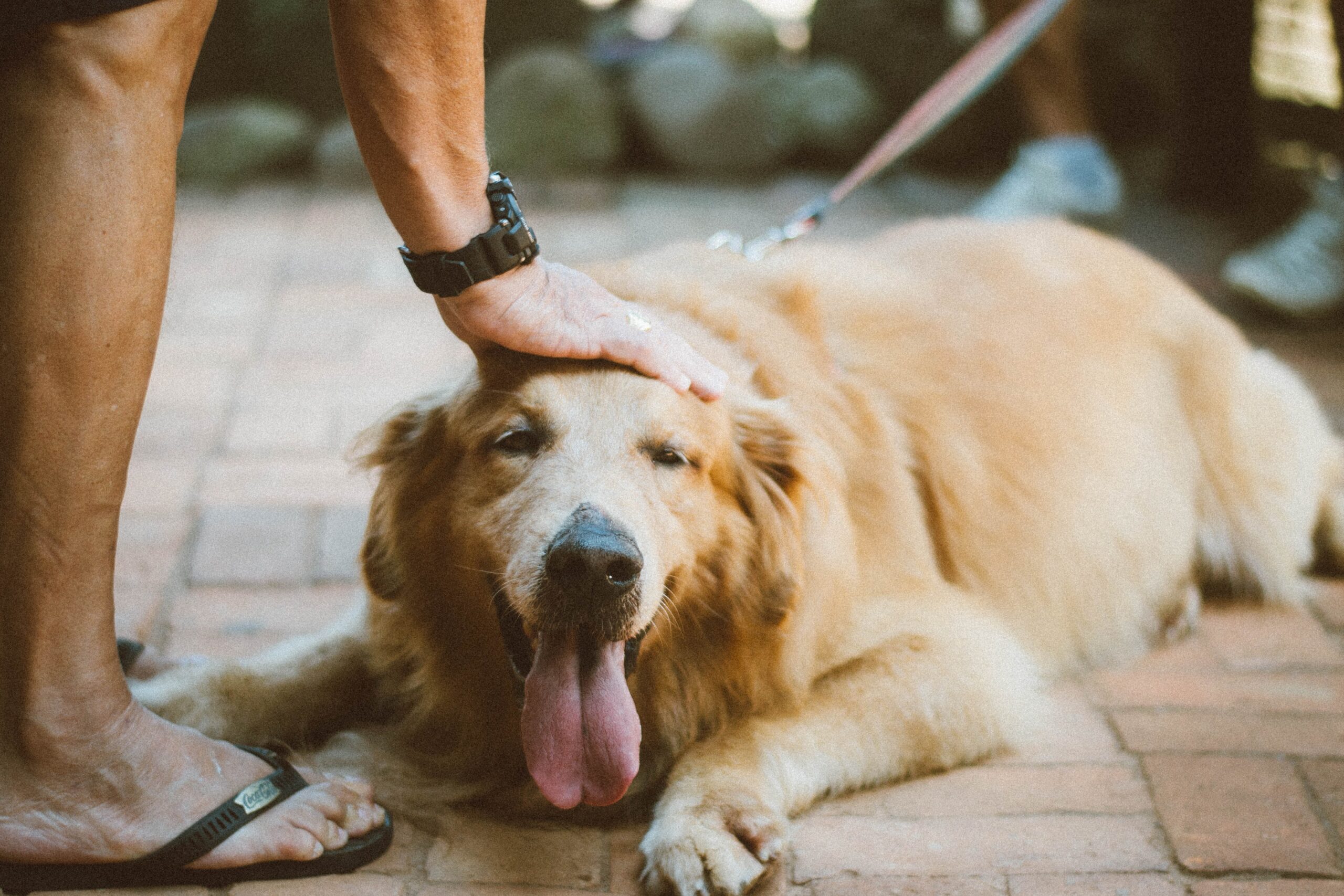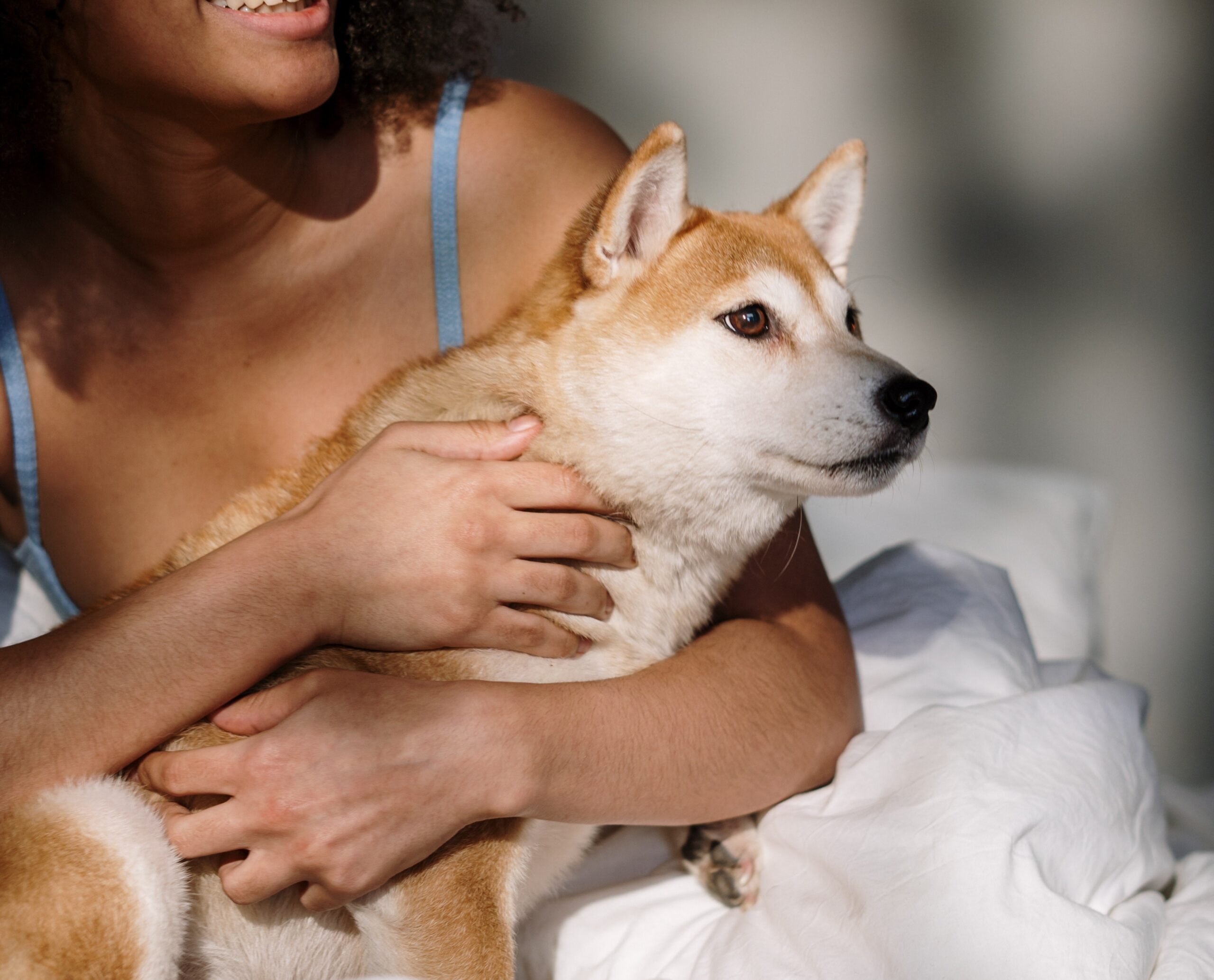How to Choose the Right Pet Bed for Your Furry Friend
As a pet owner, it’s important to prioritize the comfort and well-being of your furry friend, especially during rest. One of the best ways to achieve this is by providing your pet with a suitable bed. However, with so many options available, it can be challenging to determine how to choose the right bed for your pet.
In this article, we’ll provide you with some helpful tips on how to select the perfect pet bed that is both comfortable and practical.
Why it is Important to Choose the Right Pet Bed?
Selecting the right bed for your furry friend is essential as it directly affects their overall well-being. A comfortable and well-suited pet bed can provide several benefits, including better sleep quality, improved posture, and relief from joint pain. It is crucial to choose the right size and type of bed, depending on your pet’s age, size, and sleeping habits. A bed that is too small can cause discomfort and affect your pet’s sleep quality, while a bed that is too large can make them feel insecure. Moreover, choosing the right bed material, such as memory foam or orthopedic foam, can help alleviate joint pain and improve your pet’s mobility. Thus, it is crucial to invest in a quality pet bed that provides comfort, support, and security to your furry friend.
How to Choose the Right Pet Bed:
Consider Your Pet’s Size and Sleeping Habits
The size of your pet is a crucial factor to consider when choosing a pet bed. A bed that is too small will leave your pet cramped and uncomfortable, while one that is too big will be wasteful and take up too much space. Therefore, it’s important to assess your pet’s size and weight to determine the appropriate bed size.
Your pet’s sleeping style should also be taken into consideration. For pets that like to curl up while sleeping, a bed with raised sides will provide the necessary security and coziness. Conversely, for those that prefer to stretch out, a flat bed would be more suitable.
Select a Bed Made with Quality Materials
The materials used in the construction of a pet bed can significantly impact your pet’s comfort and health. Beds made with low-quality materials can cause skin irritation and discomfort and may harbor harmful microorganisms.
Therefore, it’s essential to choose a bed made with high-quality, durable materials that are easy to maintain and clean. Popular materials include orthopedic foam, memory foam, and hypoallergenic fabrics.
Consider the Bed’s Placement
Another vital factor to consider is where the pet bed will be placed. If your pet spends considerable time outdoors, a waterproof or weather-resistant bed would be ideal. Similarly, if your pet prefers to sleep in your room, choosing a bed that is easy to move and does not occupy too much space would be preferable.
Factor in Your Budget
Pet beds come in a wide range of prices, from inexpensive options to luxurious high-end ones. While considering your budget, it’s important to note that investing in quality materials and construction is worthwhile. A good quality bed can last for years, saving you money in the long run.
In Conclusion:
Choosing the right pet bed for your furry friend is a significant decision that can influence their health and well-being. By taking into account your pet’s size, sleeping habits, materials, location, and your budget, you can find a bed that meets their needs and is comfortable and practical. Ultimately, prioritizing quality is crucial when choosing a pet bed to provide the best possible sleeping environment for your pet.
Additionally, it’s essential to consider your pet’s specific needs. For example, if your pet is a senior or has joint issues, an orthopedic bed may be the best option to provide extra support and comfort. Likewise, if your pet is prone to allergies, choosing a bed made with hypoallergenic materials can help reduce their symptoms.
Lastly, it’s important to clean your pet’s bed regularly to prevent the buildup of dirt, bacteria, and odors. Depending on the bed’s materials, you can vacuum, wash, or spot clean it to keep it fresh and hygienic.
In summary, choosing the right pet bed requires careful consideration of your pet’s size, sleeping habits, materials, location, and budget. By investing in a high-quality bed that meets your pet’s specific needs, you can provide them with a comfortable and practical sleeping environment that promotes their health and well-being.
You May be Interested in…
The Best Pet-Friendly Shopping Destinations for You and Your Furry Friend










